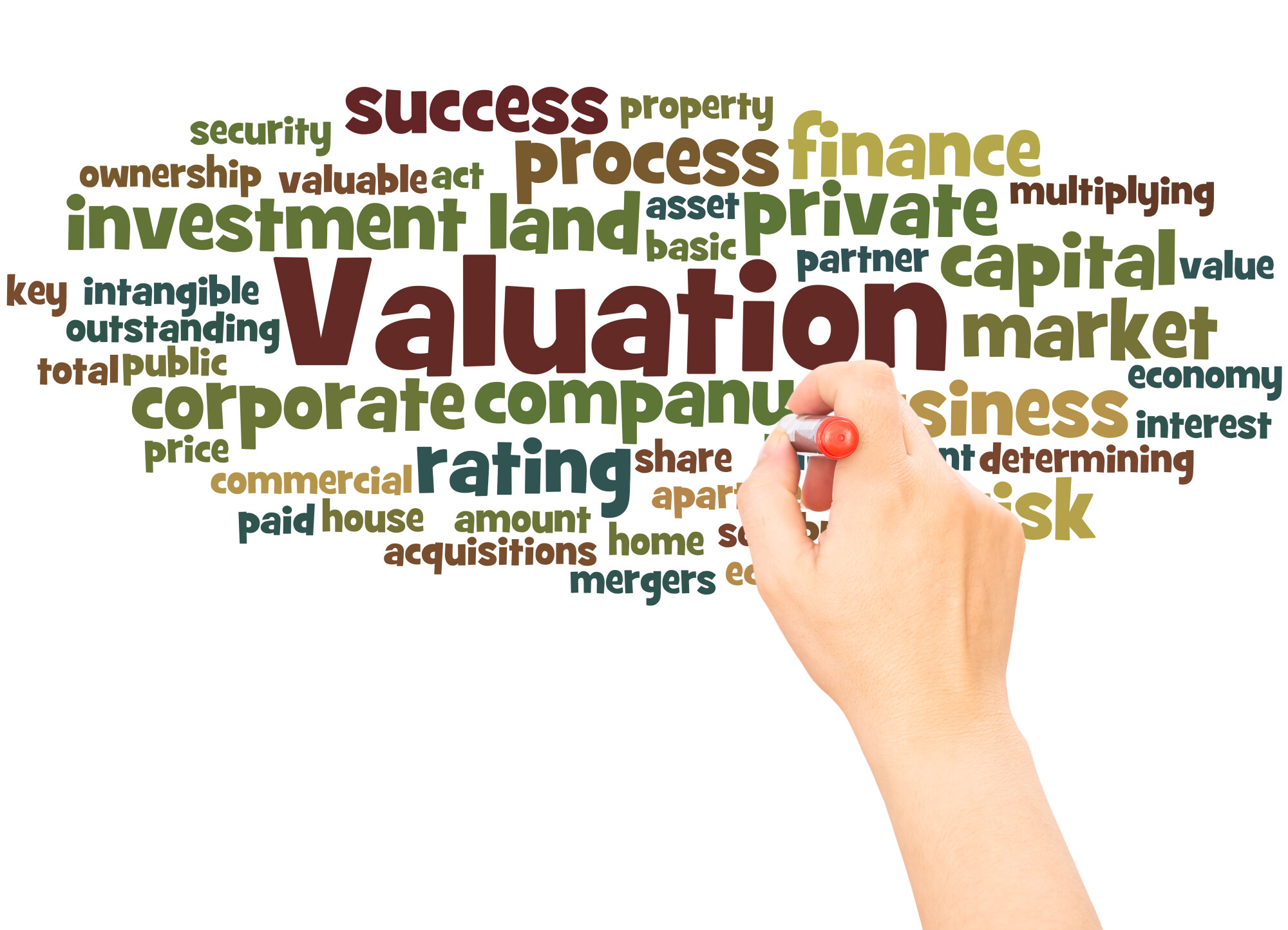Did you know that commercial real estate can yield a higher return on investment (ROI) than residential? This is primarily because there is less turnover associated with commercial real estate. Businesses do not move as frequently as individuals do.
Now is a good time to start looking at commercial property. Commercial real estate prices are expected to decline by as much as 42%.
This presents a major opportunity for investors. If you buy low, you can produce a strong ROI.
Read on to learn commercial property valuation methods. Explore five methods for determining commercial property value.
1. Comparable Sales
Reviewing comparable sales is one of the easiest methods to assess real estate valuation. Here, you can look at recent sales history for commercial properties with similar technical characteristics.
For example, you may want to compare properties with similar square footage. It is also important to take other factors into consideration like location.
Zip code is only one aspect of comparable location. A property on the outskirts of town is not necessarily the same as one in a premier downtown spot. When using comparable sales, make sure the selected properties are as similar to your property as possible.
2. Cost Approach
The cost approach is a bottoms-up method of assessing value. If you were building the property from scratch, how much would it cost?
Start off by estimating the value of the land. The next step is adding the cost of materials for the building. You also need to add in other costs like construction labor.
This is a good approach when you cannot find comparable sales. The cost approach is a good fit when the property has unique characteristics or has special upgrades that are not widely available in this location.
3. Income Approach
The income approach is a more top-down valuation method. Here, you forecast the revenue that the commercial property will generate.
The next step is subtracting total expenses to determine what your income looks like. Costs for property maintenance and other expenses need to be removed.
It is important to discount your income calculations. Overestimating revenue could lead to poor property valuation.
4. Value Per Gross Rent Multiplier
This method combines the sales comparison and income approaches. Here, you can look at a comparable property to see the rate of gross rent per square footage.
Then, you compare the gross rent to a sales price to see if there is a multiplier. For instance, if a property has $100,000 in gross rent and sells for $200,000, it has a 2x gross rent multiplier. The final step is multiplying your projected gross rent by the multiplier.
5. Value Per Door
This is a popular method for apartment complex valuations. The first step is determining how many individual units are in the complex.
Next, you will see how much rental income each unit is generating. Lastly, you multiply the per unit rental income by the total number of doors for a rough valuation.
Your Guide to Commercial Property Valuation
You are now ready to start crunching some numbers on commercial property near Lynnwood, WA. Accurate calculations are crucial to paying a good price and maximizing your ROI.
If you need help with commercial property valuation, contact us today to speak with an expert.


